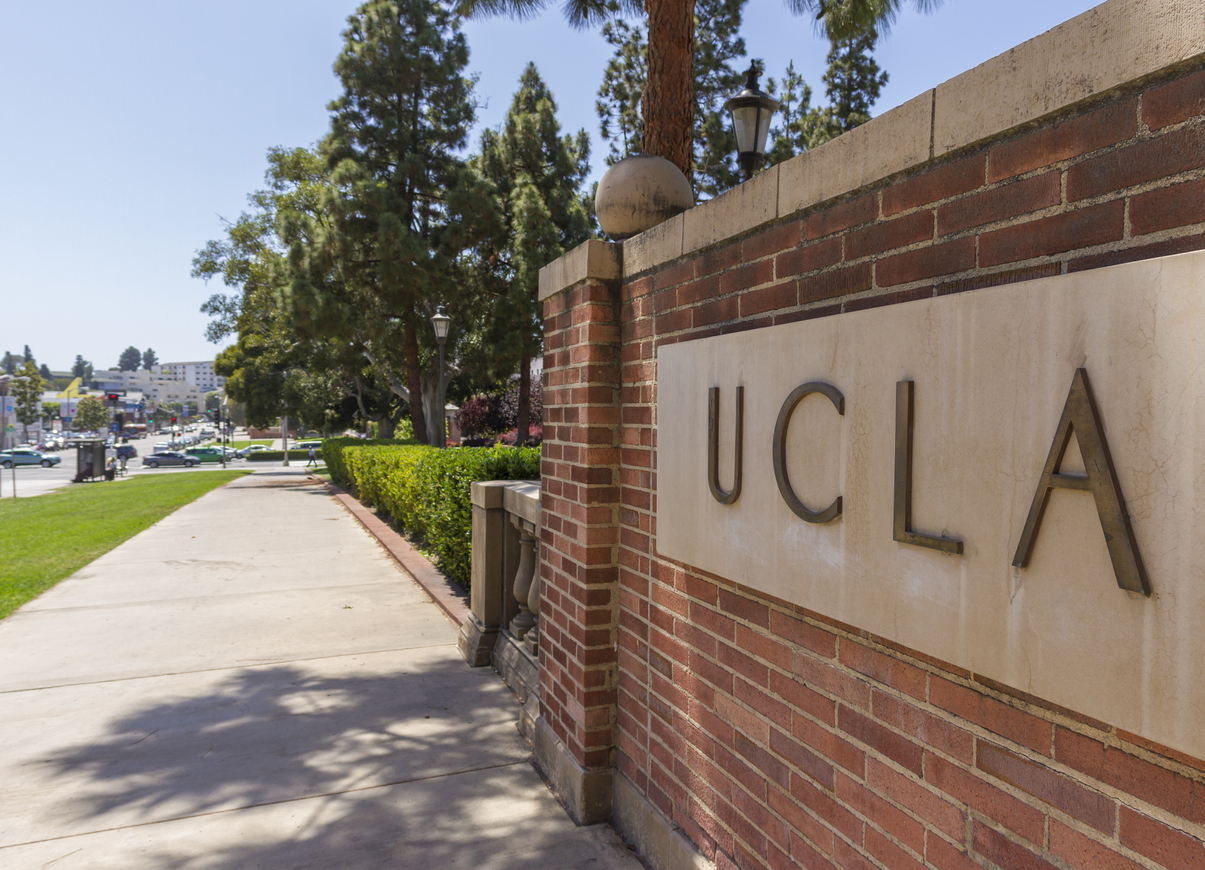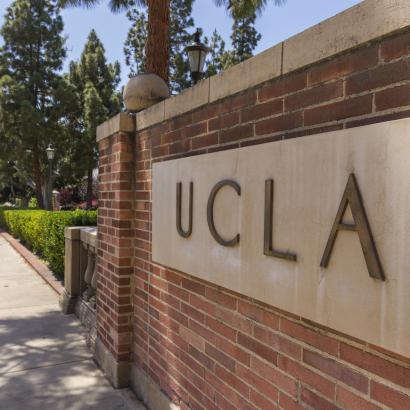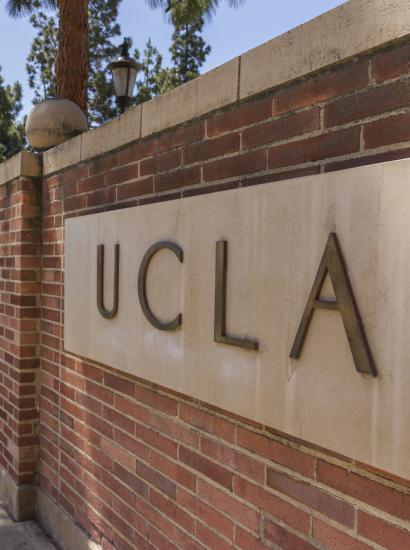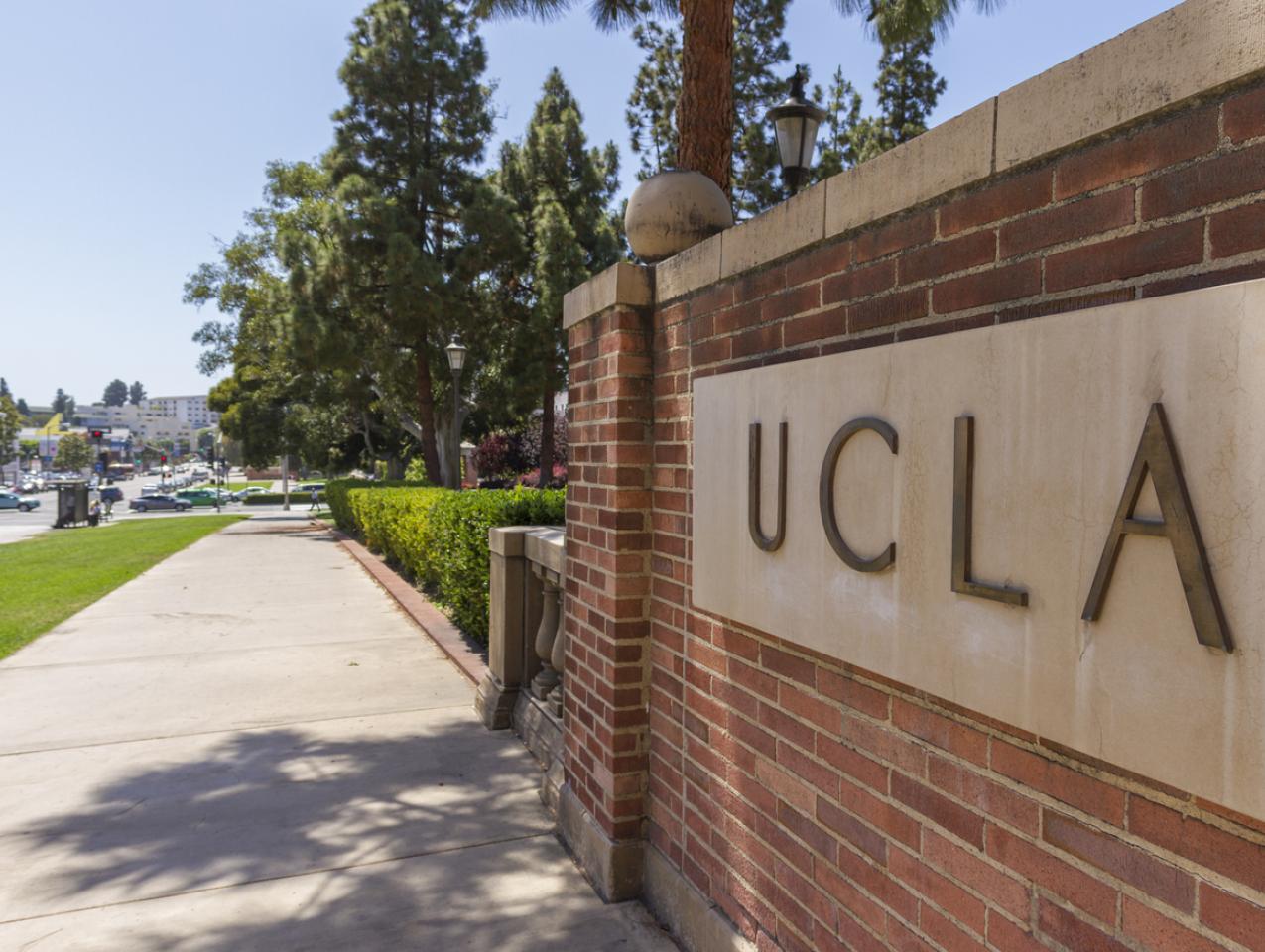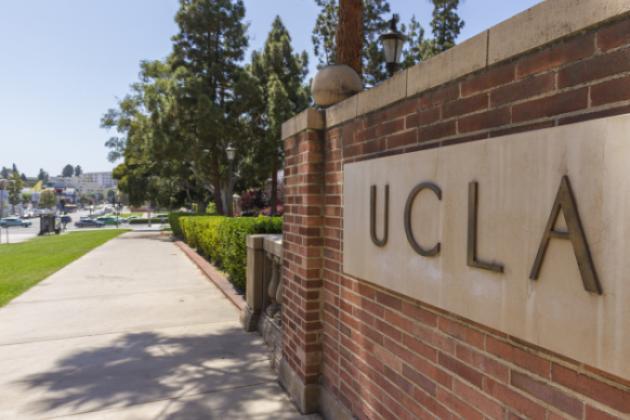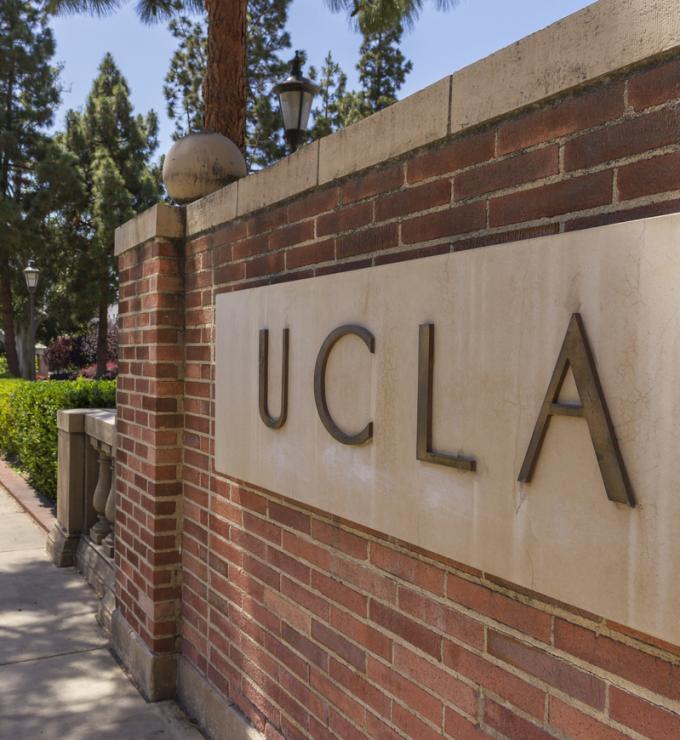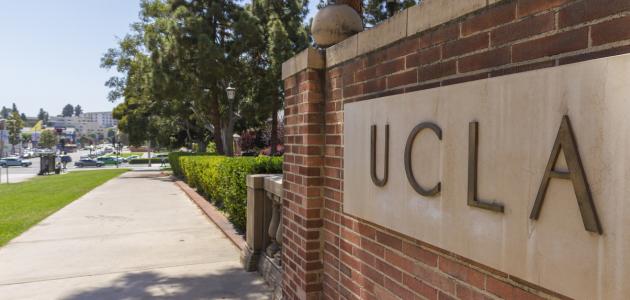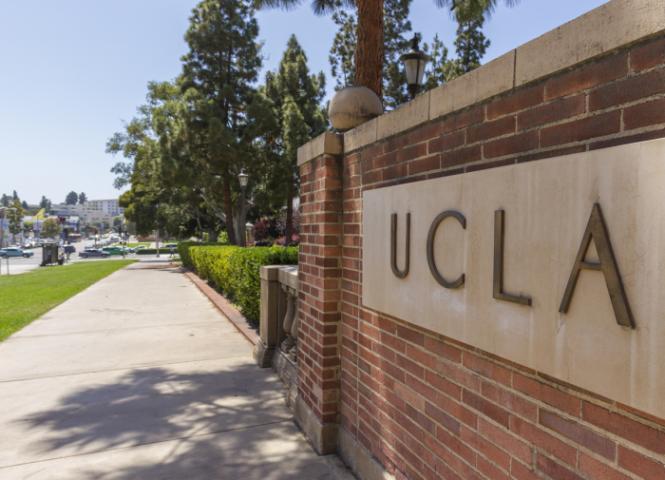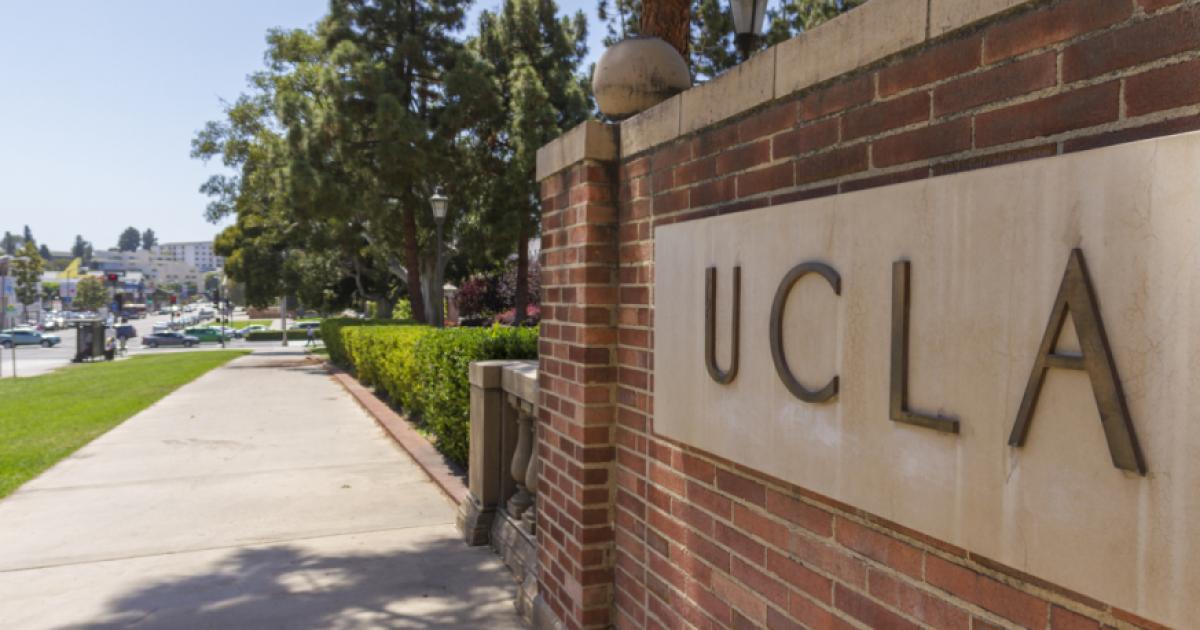- State & Local
- Empowering State and Local Governance
With all due respect to the late Yogi Berra, this spring’s unrest on a handful of California’s college campuses does indeed come across as “déjà vu all over again.”
It was in May 1969, for instance, that approximately 1,500 University of California–Los Angeles students protested a University of California Regents meeting at the school’s faculty center. Their collective outrage: the regents’ refusal to let student activists speak out against America’s military involvement in Vietnam.
A year later, UCLA declared a state of emergency after a campus protest turned violent—students this time tossing rocks, torching a student-union building, and storming ROTC offices in response (again) to the undeclared war in Southeast Asia as well as the killing of four Kent State students by national guardsmen.
One hopes that the current tension at California’s schools—the University of Southern California canceling its main graduation ceremony over security concerns’ pro-Palestinian protestors erecting tents and barriers on UCLA’s Westwood campus; tents likewise appearing on the grounds of UC Berkeley and Stanford University; Cal Poly Humboldt extending its campus closure—doesn’t lead to violence and bloodshed.
Instead, let’s examine the question of what, if any, effect the campus unrest may have the course of California politics.
And for Governor Gavin Newsom: perhaps it’s worth studying the fate of an iconic California governor whose second term in office coincided—then, as now—with nettlesome questions of free speech, public protests, and the interjection of law enforcement.
That governor? Pat Brown, who served from 1959 to 1967 as the Golden State’s 32nd governor (and whose son, Jerry, served two nonconsecutive pairs of gubernatorial terms before passing the baton to Newsom in 2019).
For some students of California history, the elder Brown is a sainted figure, hailed by proponents of “big” ideas as the leader who launched the California State Water Project, the construction of seven new colleges and universities, and the implementation of the California Master Plan for Higher Education, not to mention an expansion of freeways that came to embody the perception of California as a state literally on the move. (Actually, much of the highway credit should go to Earl Warren, who governed California in the early stages of its post–World War II expansion.)
Like Newsom’s, Brown’s second term began swimmingly—his thrashing of Richard Nixon in November 1962 supposedly effectuating the bitter end of the latter’s political career. (However, six years later, Nixon would be America’s president-elect and Brown a former governor).
But fate had different plans for Brown’s second and final term in office. Two events in particular divided the Golden State along racial and generational lines and raised questions as to the governor’s ability to maintain calm and order.
One of those events: the August 1965 uprising in the Los Angeles enclave of Watts, where the arrest of three Black residents (after a routine traffic stop) triggered several days of riots.
For Brown, the urban uprising was a stroke of bad luck – the unrest occurring as the governor was on a summer vacation in Greece.
Then, as now, the image of a governor being far from his home state, his role reduced to being briefed over the phone by his chief of staff rather than showing leadership at the site of unrest, was a bad look for a chief executive. Brown’s action when he returned to the Golden State: to appoint a commission to determine the root causes for the six-day uprising.
Making matters worse for Brown: he technically wasn’t California’s “acting” governor as he was out of the state. Instead, it fell to the lieutenant governor to take charge of the situation – Brown’s fill-in earning the sobriquet of the man “who fiddled while Watts burned” as it took five hours before he honored the Los Angeles mayor’s request to send in the National Guard.
Had Watts been the lone sour note in Brown’s second term, perhaps he would not have failed in his quest for a third term in 1966’s governor’s race (California’s gubernatorial term limits didn’t come along until the 1990s). But an incident the previous October may have sealed his fate: unrest on the UC Berkeley campus.
It began with thousands of Berkeley students protesting a university rule and campus political activity, then expanded to the protestors occupying an administrative building.
What happened next: the university’s president conferred with Brown—the two agreeing not to send in law enforcement in the failed hope that the protestors would back down. But Brown would soon change his mind, the result being a mass arrest of students, followed by students boycotting classes.
What California’s governor didn’t know at the time: the protest, building occupation, and mass arrests would touch off a powder keg. What followed in the months ahead were anti–Vietnam War teach-ins, a large-scale anti-war march, and activists trying to block trains loaded with soldiers on their way to the Oakland Army Terminal (and eventually Vietnam).
Moreover, what Brown didn’t fully appreciate at the time: the campus unrest was the perfect opening for a political newcomer named Ronald Reagan, who’d base his first run for public office—the 1966 governor’s race—on the notion that Berkeley was an academic version of inmates running the asylum.
Consider this passage from Reagan’s campaign announcement speech (and how easily a conservative could utter the same words in today’s charged climate):
Will we allow a great university to be brought to its knees by a noisy dissident minority? Will we meet their neurotic vulgarities with vacillation and weakness? Or will we tell those entrusted with administering the university we expect them to enforce a code based on decency, common sense, and dedication to the high and noble purpose of that university?
Reagan, of course, would go on to a landslide win. And for Brown: his political career would be over.
So how does this history lesson relate to the political future of California’s current governor?
First, there’s the question of which side Gavin Newsom will eventually choose if unrest spreads across campuses. Does he stand with a restoration of order, a continuation of disruption, or something in between? (Granted, it’s May, and the academic year will soon come to an end.)
Here’s what Newsom had to offer back in mid-April, when pro-Palestine protestors managed to shut down the Golden Gate Bridge: “I don’t think [that type of protest is] helpful and I don’t think that’s responsible. I think there are better ways of protesting so no, I hope we don’t see it again, and I think people need to be held to account for their actions.”
Second, what if Newsom were to emulate Reagan and offer himself as a law-and-order governor? (Don’t bet on it, as Newsom’s party frets over an already disenchanted youth vote in college towns across America.) If so, it would be a remarkable pivot, given that Newsom spent the first two months of 2024 campaigning for a ballot proposition that he pitched as a needed remedy for homelessness caused in part by the failure of Reagan-era policies regarding psychiatric hospital care. (As you can read here, Newsom didn’t note that California actually started emptying its hospitals during the administration of . . . Pat Brown.)
Third, there’s the matter of Newsom’s long-term political plans and the challenge of two-term governors staying in voters’ good graces.
Pat Brown was shown the door in 1966 as he sought a third gubernatorial term. His son, Jerry, likewise was rejected by California voters in 1982—not for a third term in Sacramento but a seat in the US Senate.
A term-limited Newsom obviously can’t run for governor in 2026. Only in an unlikely scenario in which Senator Alex Padilla leaves office would Newsom attempt what Jerry Brown failed to achieve in 1982 (the only time the younger Brown lost a statewide contest).
But were Newsom to seek the presidency in 2028, how far does he get with images of California’s campuses under siege by student protestors? Or, for that matter, other recent images of California State University students protesting a multiyear tuition increase, as well as tens of thousands of CSU faculty walking off their jobs (the largest university faculty strike in US history).
Such is the challenge for California’s governor in what remains of his second and final term in Sacramento—perhaps having to choose sides and maybe facing the unpleasant task of trying to convince his constituents that the Golden State is on the right track while protestors derail tranquility on college campuses.
For a governor who speaks in great green terms of saving the planet, can Gavin Newsom avoid becoming a different shade of Brown?







